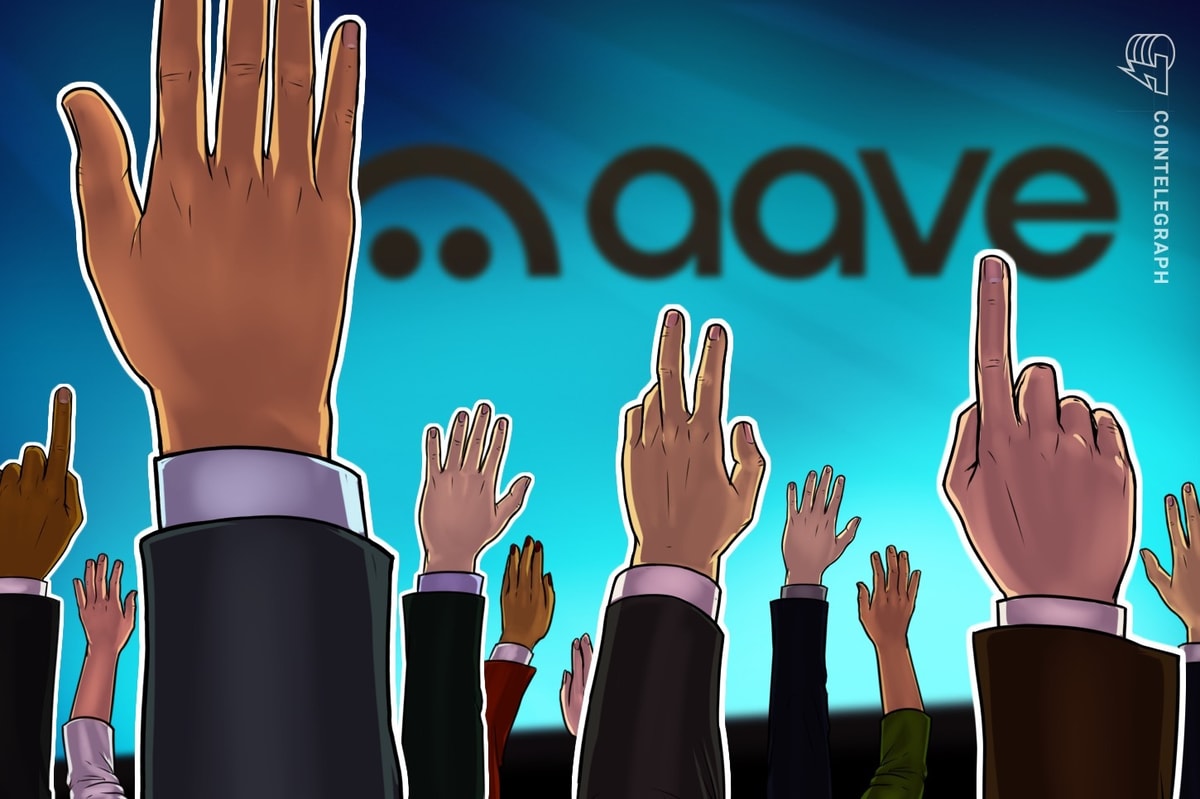Opinion by Sam Patton, chief operating officer at DriftZone.
There’s just one problem — Western Web3 games have a poor track record of clicking with Asian audiences. To solve that, gaming studios need to transform their development philosophies. They need to tap into what makes Asian games successful.
In Japan, a common phrase is, “Yo-ge, kuso-ge,” meaning “Western games are sh*t.” Do they have a point? Asian games have performed well in the West. Look at Final Fantasy, Tekken, Mario, Zelda, Pokémon and Animal Crossing.
That’s not to say that Western games aren’t popular. League of Legends, GTA V, Call of Duty, Minecraft and Fortnite all have loyal Asian audiences. They’re not, however, among Asia’s top-played games. Asian players prefer Asian games, and Web3 still hasn’t caught on.
Gacha-oriented mobile gaming
In Asia, gamers played on mobile phones when screens were tiny, low-res and forced to cram information. During that early period, “Gacha” games emerged as the most popular format in Asia at a time when leisurely console games were king in the West.
Gacha games focus on loot boxes, rare items, randomness, time spent and the combination of earning and spending in-game currency in their gameplay. Some argue that the mechanics of these games encourage gambling addictions, reckless spending and substantial time requirements (the same is sometimes said of crypto), but that hasn’t stopped the biggest AAA games from integrating the best parts of Gacha into their designs. Honor of Kings, Clash of Clans, PUBG, League of Legends and Crossfire are some of the biggest games in Asia. Notably, they are all on mobile, use Gacha ideas, and generate enormous revenues.
Gacha games perform pretty well in the West despite their complexity of rules, pay-to-win and play-to-win nature and focus on efficiency. These games require work, mental arithmetic skills, and many hours — what gamers call grind. Western games are typically engineered for fun, with simple rule systems and an explicit progressive nature. Many Western players will abandon a title if they’re not progressing fast enough through a game.
Western game studios, especially those in Web3, have proven hesitant to tap into the Eastern market, considering the challenges of making an excellent Gacha-based game. Their awareness of the contrasting gaming philosophies and designs has pushed them to focus on serving the Western gaming market. While many studios may have a good formula, such as Atari taking its popular titles and creating Web3 versions, not doing the same for Asian markets is costly. Asia boasts 53% of the world’s gamers, which equates to about 1.8 billion people. The solution is not to shy away from the problem but to adjust to a different way of thinking.
Recent: Dubai-based Web3 Unleashed hackathon announces finalists, reveals prize pool
Web3 gaming studios can also see more barriers to adoption in the West, which is generally more unfamiliar with the basics of crypto. The complexity of crypto wallets is still one of the main barriers preventing users from trying out Web3 games. Eastern audiences seem to be more familiar with the ins and outs of crypto basics. Adapting to this audience could see a bigger payout in terms of user acquisition and active players.
The opportunity at large
China and India, Asia’s two biggest gaming markets, are not crypto-friendly, which is a bit of an issue for Web3. There are ways around this, where Web3 gaming studios could create excellent titles that allow players to opt into the onchain features. Successfully navigating different regulations and jurisdictions can pay dividends. China is the world’s biggest iOS app store spender, while Japan is the No.1 global spender on the Google Play store (which is banned in China).
China is a daunting market for gaming studios, whether Web3-focused or not. Just a few years ago, a reported 93% of China’s world-leading iOS app store spend was on Chinese games. With a higher localized spending percentage than anywhere else, you can see why developers shy away from the challenge, even if spending hit $107.3 billion last year.
Web3 gaming studios could also look at Indonesia and Thailand, where the average daily time spent on mobile gaming is the highest globally. Alternatively, Vietnam and the Philippines are two countries where Web3 gaming has proven immensely popular, especially when there’s a chance to make a few dollars daily from grinding games. These markets have in common that the players are happy to spend a lot of time on the games, but they need to get something in exchange. They’re not playing just for fun.
Could Gacha and Web3 combine to meet a real market need?
Western blockchain games can succeed
Western games explicitly built for Asian players remain something of an untapped market, but this trend could be at the precipice of a beginning. After seeing Wukong, a Chinese-made mythological game, sell 18 million copies in two weeks, studios are changing their mindsets. Rather than try to persuade Asian audiences to like Western Web3 games, developers may now research and build titles with the Asian gamer firmly in mind.
Games will require a deep understanding of popular, addictive and enjoyable gaming styles in Asia and how Asian art and visual design contrast with the West. Studios must meticulously combine NFT collections and gaming wallets with the demands of Gacha, mainly randomized loot boxes and upgradeable assets, to ensure a sustainable design for real-world value extraction. All of this needs to happen “under the hood” to not disturb cultural gameplay differences or legal considerations.
Should Western gaming studios adapt successfully to the demands of Asian gamers, record-breaking rewards may be waiting.
Sam Patton is the chief operating officer at DriftZone. Previously CMO at Mintlayer (Bitcoin L2), Sam now leads operations at DriftZone, building games players love to bridge the gap between Web2 and Web3.
This article is for general information purposes and is not intended to be and should not be taken as legal or investment advice. The views, thoughts, and opinions expressed here are the author’s alone and do not necessarily reflect or represent the views and opinions of Cointelegraph.











